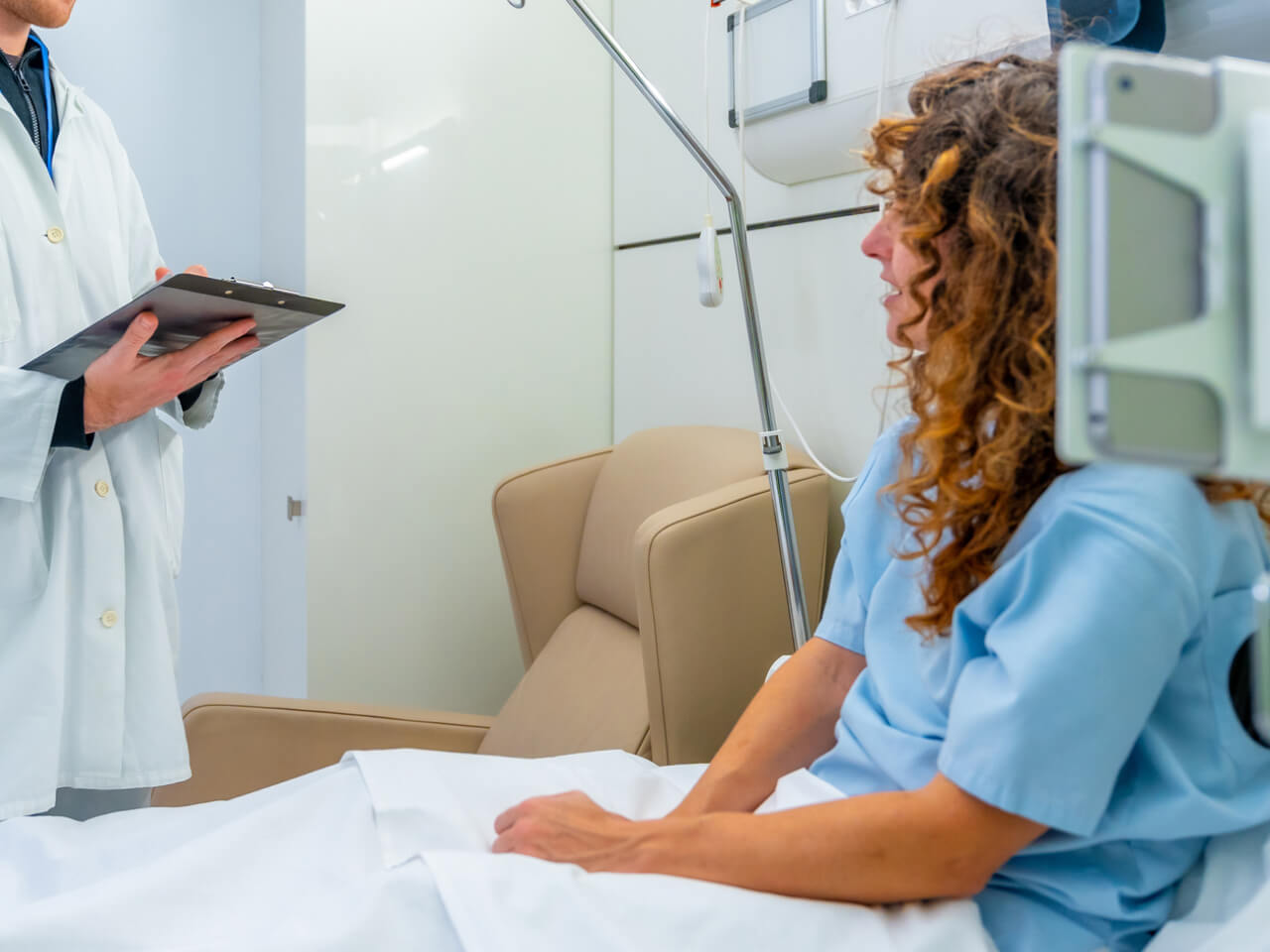Minimally invasive robotic surgery at the Center for Reproductive Medicine
At the Center for Reproductive Medicine, our fertility specialists leverage the latest minimally invasive reproductive surgery techniques. We have extensive expertise in minimally invasive procedures that permit the removal of abnormal ovarian cysts, irreparable fallopian tubes, uterine polyps and fibroids, and endometriosis affecting the ovaries and/or bowel.
Compared to open incision surgery, minimally invasive surgical options offer our patients smaller incisions, less pain, faster recovery periods and shorter hospital stays; in fact, some patients can even be treated in the office without the need for general anesthesia or a hospital admission.
Hysteroscopy
Hysteroscopy is used to diagnose and remove abnormalities within the uterus, such as uterine fibroids (myomas), polyps, scar tissue and structural abnormalities (such as septums), or to treat abnormal bleeding and other conditions causing infertility.
At the Center for Reproductive Medicine, hysteroscopy can be performed either in our office (for diagnostic or minimally operative procedures) or in the hospital operating room (for more extensive operative conditions).
During the procedure, your uterus is filled with a liquid such as saline or glycine to distend it so the doctor can see inside. Next, a thin telescope called a hysteroscope is inserted through the cervix into your uterus. The hysteroscope is attached to a video camera and a light source so our providers can effectively examine your uterus. For operative treatments, surgical instruments can be placed inside the scope to remove tissue samples for biopsies or to remove fibroids, polyps or tumors.
The procedure is only mildly uncomfortable. Because there is no abdominal incision, there is less pain, less risk of infection and no external scarring, and healing is far easier than with traditional surgery. With diagnostic hysteroscopy, you can usually return to your normal activities as soon as the procedure is finished. With operative hysteroscopy, you can typically return to your normal activities within one to two days.
Laparoscopy
Laparoscopic procedures use a thin, fiberoptic telescope attached to a video camera to treat conditions like uterine fibroids, ovarian cysts or benign tumors; endometriosis; structural abnormalities in the uterus or vagina; heavy menstrual bleeding; pelvic pain or adhesions; and ectopic pregnancy.
During the procedure, the doctor makes a small incision through which the laparoscope is inserted so he or she can assess your anatomy. Additional incisions may be made to remove an abnormal cyst or myoma, excise endometriosis or treat an abnormal fallopian tube.
Because it only requires a few small incisions, laparoscopic surgery offers less pain and external scarring, as well as faster healing, compared to traditional open surgery.
Robotic-assisted surgeries
In addition to minimally invasive procedures like hysteroscopy and laparoscopy, we also offer state-of-the-art robotic-assisted surgeries with the use of the da Vinci® robotic surgical system. This equipment provides unparalleled precision for even the most complex and delicate of gynecologic procedures, such as tubal reversals and myomectomies (uterine fibroid removal).
Robot-assisted surgery allows our surgeons to perform procedures using an enhanced 3D image. They control the instruments in the robot's arms and hands, which can translate the precise movements of the surgeon’s hands with 360 degrees of mobility and seven different degrees of freedom. In addition, there is a level of magnification that can allow for microsurgery. This level of precision makes it possible to perform a minimally invasive procedure mimicking the same technique and with the same ease as an open procedure, with far fewer complications and far less pain for our patients.
Note: These services are not offered on-site.
Robotic myomectomy
More than 30% of women suffer from uterine fibroids, which can cause pelvic pain, abnormal uterine bleeding and infertility. Hysteroscopic, laparoscopic or robotic myomectomy procedures can remove these fibroids via small abdominal incisions. The minimally invasive nature of these procedures means patients can often return home the same or following day.
Benefits of minimally invasive robotic surgery
- Smaller incisions than open surgical procedures
- Less pain and fewer complications after the surgery
- Shorter recovery timeframe compared to traditional surgery



